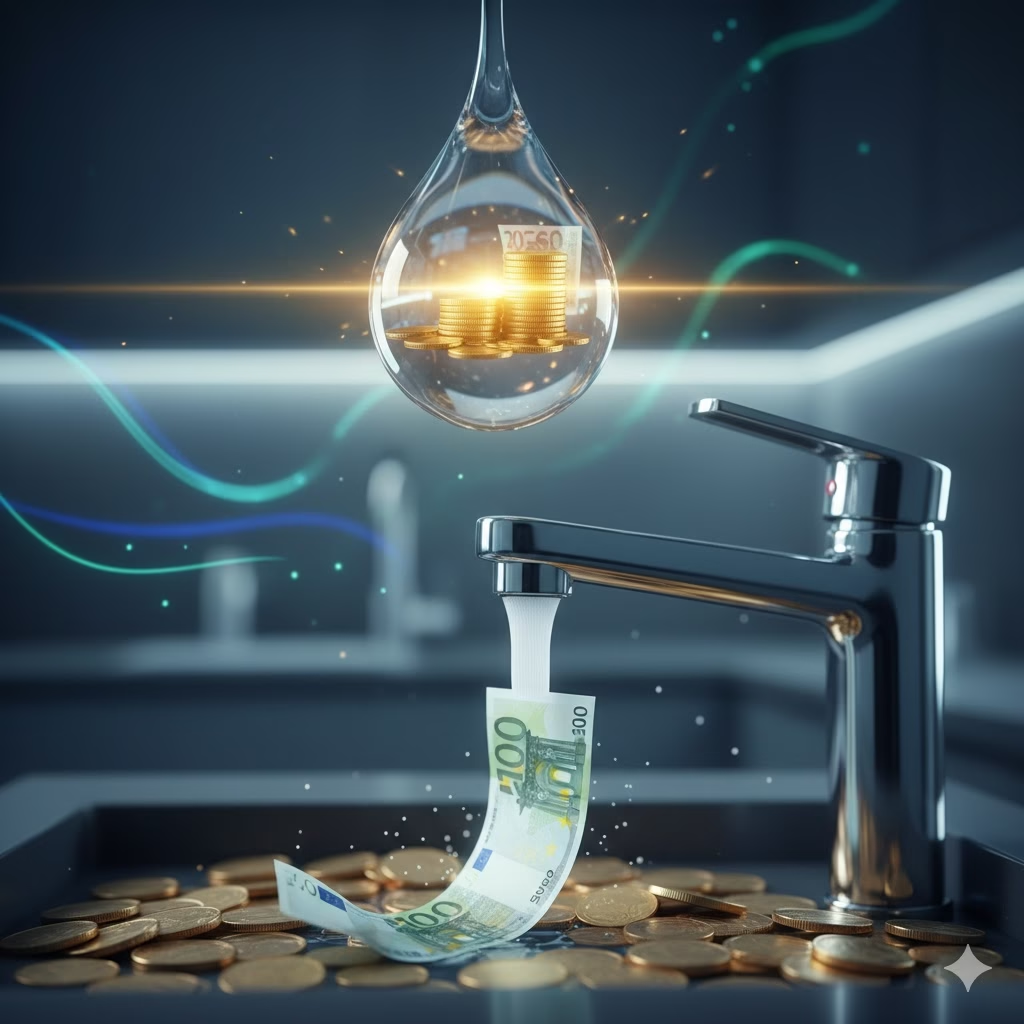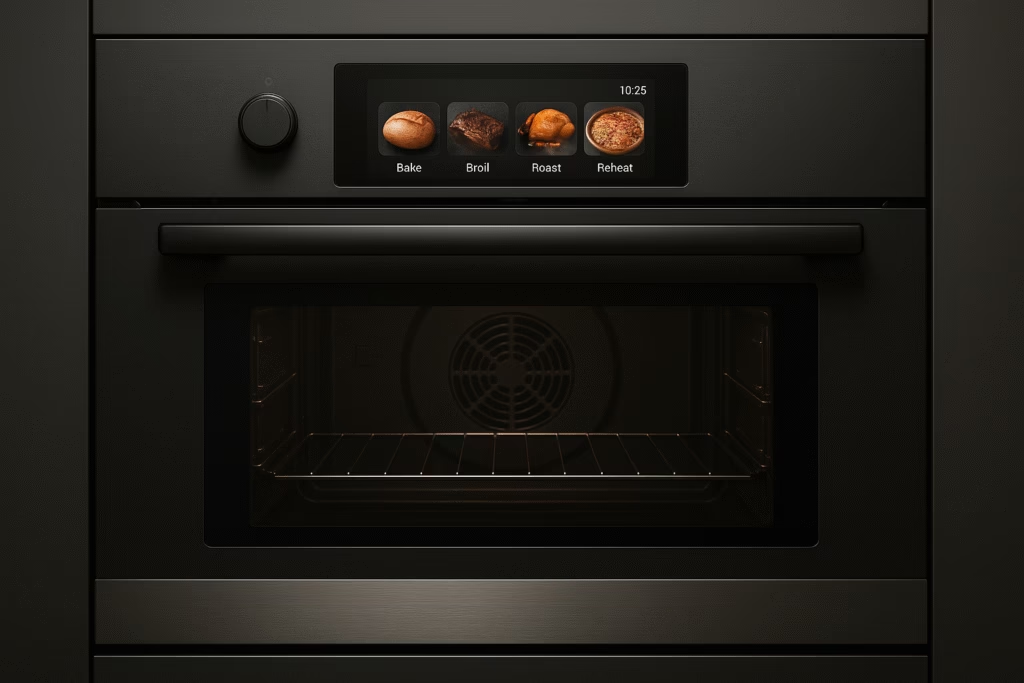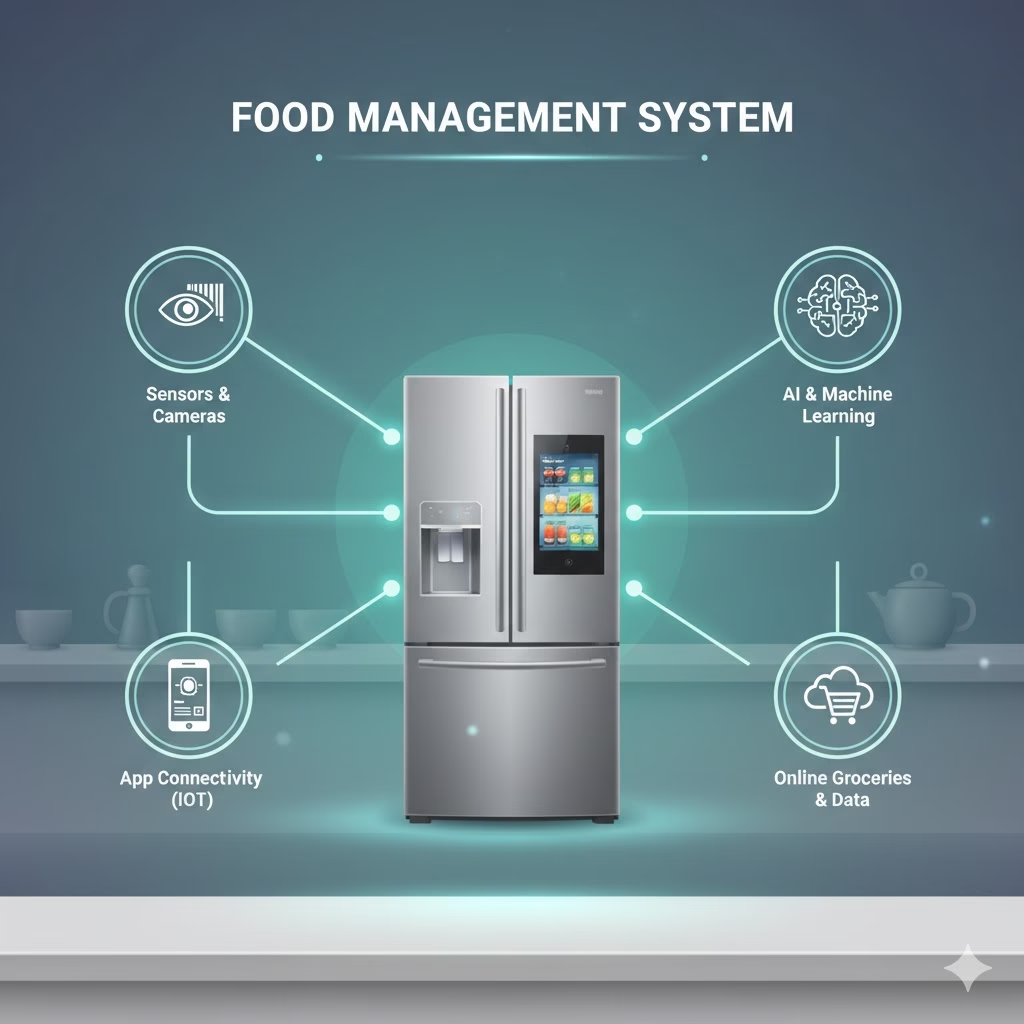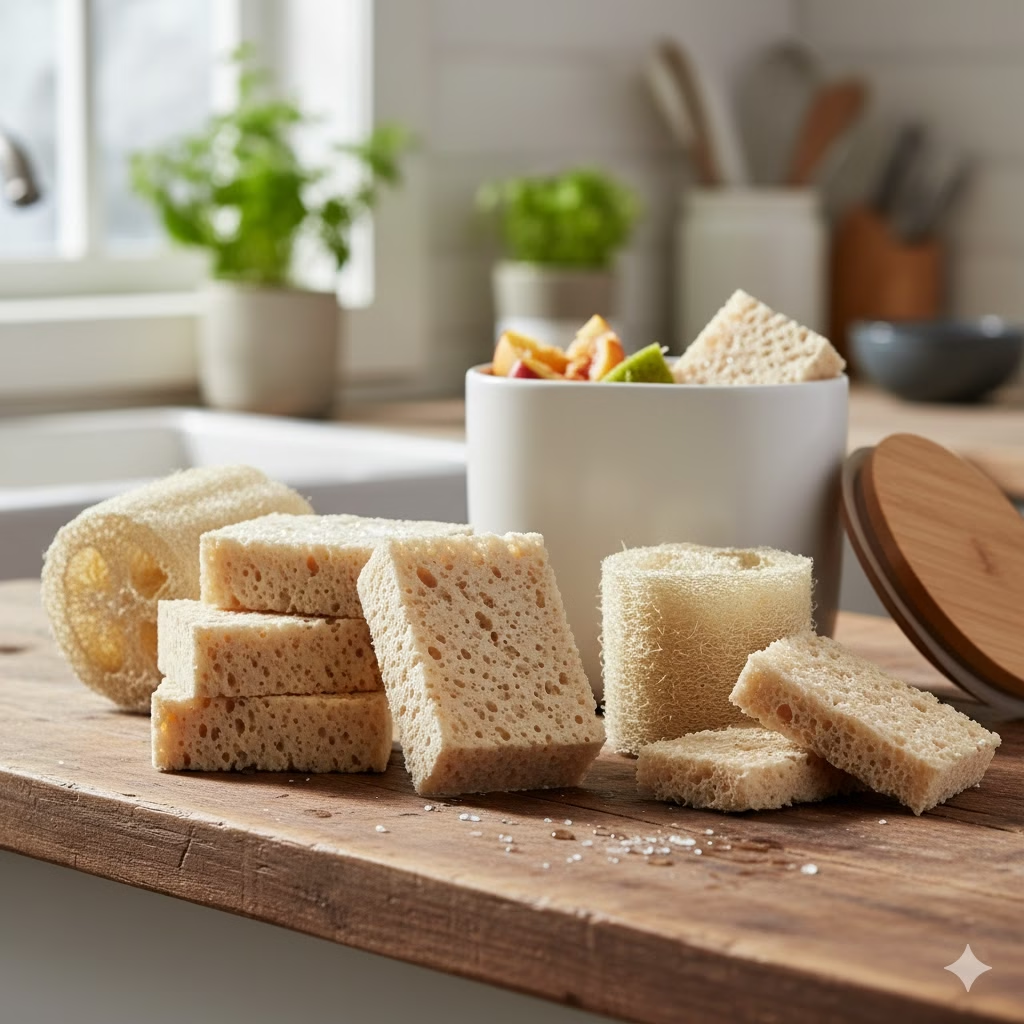
I used to think “green cleaning” meant scrubbing harder for worse results, but I was wrong. My own cleaning cabinet was full of plastic bottles I bought over and over. Now, I know you can have a truly clean home without making trash or using harsh stuff. This guide shows you how easy Zero-Waste Cleaning is, and how to make simple swaps. I hope these tips help you clean better and feel great about your impact.
Introduction: Why Clean Green?
We all want a clean home. But cleaning often creates a lot of trash and waste. Many cleaning products use plastic bottles. They also use strong chemicals that aren’t good for the earth. This cycle of “buy, use, toss” causes problems.
But what if you could clean your house very well while making almost no trash? This is called zero-waste cleaning. It means you stop buying new items all the time. You start to refill, reuse, and compost what you use. This guide will help you see the best ways to do this. We will cover making your own cleaners. We will also cover how to save water and pick the right tools.
These methods are much better for the earth. They are often cheaper too. They are also safer for your family. Let’s change how you clean. Let’s make your routine trash-free.
Part I: Your Zero-Waste Cleaning Tools (Swapping Sponges and Brushes)
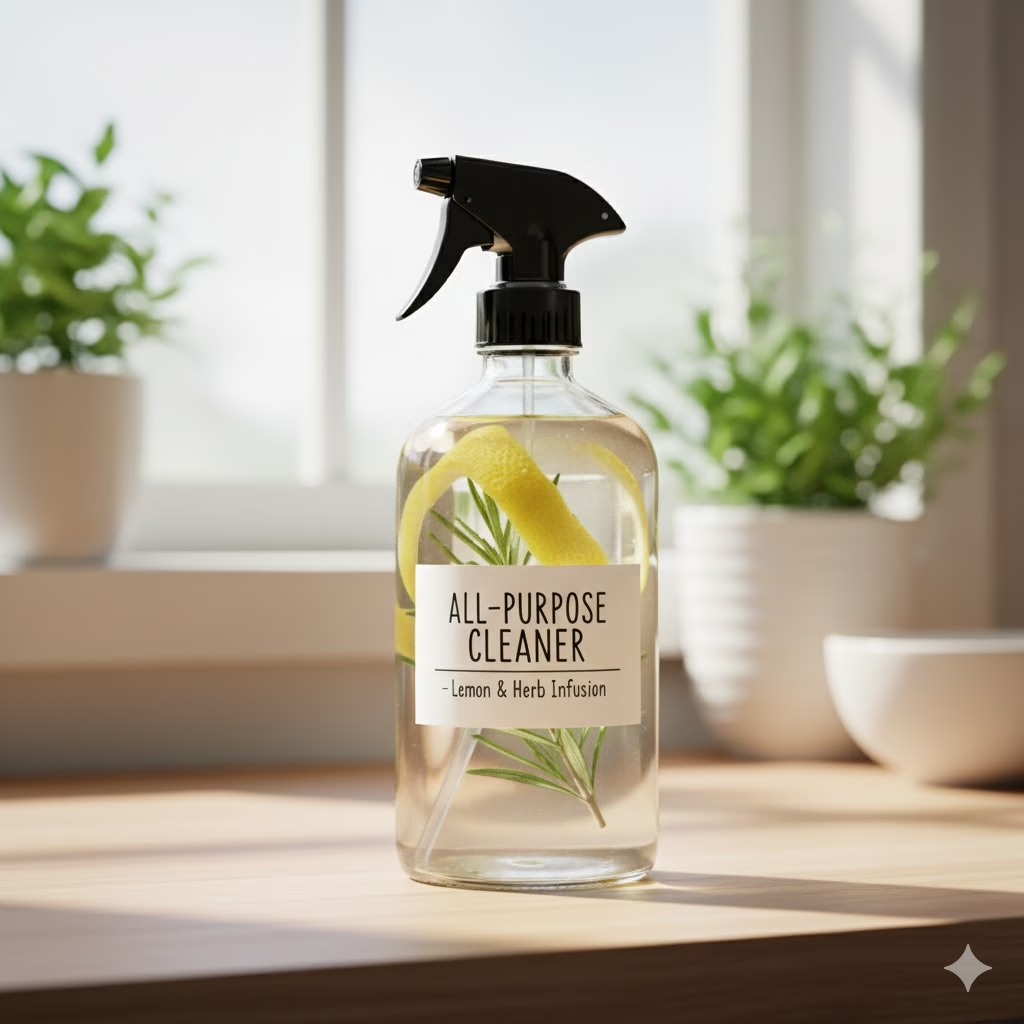
The first step in zero-waste cleaning is looking at what you use to clean. Most sponges and brushes are made of plastic. They break down into tiny plastic pieces (microplastics). They also take a very long time to rot in the trash. Swapping these items gets rid of constant plastic waste.
The Sponge Switch: Compostable Sponges
The kitchen sponge gets thrown out often. You can easily replace it with something that breaks down fully.
- What to look for: Find compostable sponges. They are made from things like cellulose (which comes from wood pulp) and loofah (a dried gourd). These natural items will rot down into good soil when you are done with them. This keeps waste out of landfills.
- How to do it (Composting): When your natural sponge is worn out—usually after a few months—cut it into smaller pieces. Put these pieces right into your home compost bin or your local green waste bin.
Example: The Dual-Action Scrubber

For tough spots that need both a soft wipe and a hard scrub, you can find tools that still fit your zero-waste goal.
- The Tool: Try a tool like the Seep Scourer Sponge. This sponge has no plastic. It has two sides. One side uses loofah to scour tough messes. The other side uses wood pulp for gentle cleaning. You can use one tool for many jobs.
- How to do it (Maintenance): To make any natural sponge last longer, clean it often. Soak it in a mix of vinegar and water. You can also put it on the top rack of your dishwasher during a hot cycle.
Other Key Tool Swaps
- Brushes: Stop using plastic scrub brushes. Buy brushes made from bamboo wood handles. The bristles should be natural plant fibers, like coconut fiber. When they wear out, you can usually compost the brush part.
- Cloths: Use cloths you can wash again and again. Old cotton t-shirts cut into rags work well. Also use sturdy cotton cloths. You can use some microfiber cloths, but know they still shed plastic a little bit. Still, they last for many years.
- Storage: Buy glass or stainless steel bottles and containers that last forever. Use these to hold your cleaners. You will refill them for years. This stops you from buying new plastic bottles all the time.
Part II: The Zero-Waste Cleaning Formula (DIY and Refill)

The next main part of zero-waste cleaning is stopping the use of bottled, chemical-filled products. You can do this by mixing simple things yourself or by buying refills.
The Two-Ingredient Powerhouse: Vinegar and Baking Soda
Most cleaning jobs do not need many different cleaners. Two very simple things you already own can handle almost everything. They are cheap and safe.
1. All-Purpose Vinegar Spray
Vinegar is great for cleaning. The acid in it kills some germs and cuts grease.
- How to do it:
- Mix the same amount of white vinegar and water in your refillable glass spray bottle.
- Optional addition: Put lemon or orange peels inside the mixture. Let it sit for two weeks. This makes the vinegar smell much nicer.
- Use: Spray this on most surfaces. It works well on counters (but not on stone like marble or granite). It cleans glass and mirrors great too.
2. Baking Soda Scrub (The Natural Scourer)
Baking soda is a mild scratcher. It removes dirt gently. It also stops bad smells.
- How to do it:
- Keep a jar of baking soda ready.
- To make a paste: Mix a spoonful of baking soda with just a little bit of water. Make a thick mud.
- Use: Put this paste on sinks, tubs, and stovetops. Let it sit for five minutes. Then, scrub with your compostable sponge. Rinse it well. It works wonders on tough stains.
Specialty DIY Formulas
You can use other simple kitchen items for special jobs:
| Cleaning Task | What to Use and How |
| Toilet Bowl Cleaner | Pour 1/2 cup of baking soda into the bowl. Then, pour in 1 cup of vinegar. Let it bubble for 15 minutes. Scrub and flush. |
| Glass/Mirror Cleaner | Mix 1 part rubbing alcohol, 1 part vinegar, and 2 parts water. Add one tiny drop of cornstarch if you see streaks. Use a soft cloth. |
| Grout Whitener | Mix baking soda and a little hydrogen peroxide into a thick paste. Put it on the grout lines. Wait an hour. Scrub it clean and rinse. |
| Oven Cleaner | Make a baking soda and water paste. Rub it all over the oven walls. Leave it overnight. Scrape it off the next day and wipe clean with vinegar. |
The Refill Way

If making cleaners seems like too much work, find shops near you that let you refill soap containers. Bring your clean, empty containers. Fill them with laundry soap, dish soap, and hand soap. This stops you from buying new plastic every time.
Part III: The Best Water Saving Plan
Zero-waste cleaning must also think about water use. Water is a key resource. By setting up simple ways to catch and reuse water, you save a lot.
Using Collection Basins
Think about the clean water you usually let go down the drain. When you rinse dishes. And you wait for the tap water to get hot. When you wash veggies. This is water you can catch.
- How to do it: Put collection basins (big bowls or pots) in your sink when you do these things. The clean water collects in the bowl.
- Reusing the Water: Once the bowl is full, use that water for other things. You can use it to:
- Soak really dirty dishes before washing them.
- Flush the toilet instead of pushing the handle.
- Mop your floors (a bucket of saved water is perfect here).
- Water your house plants (if the water is clean and has no soap).
Smarter Dishwashing
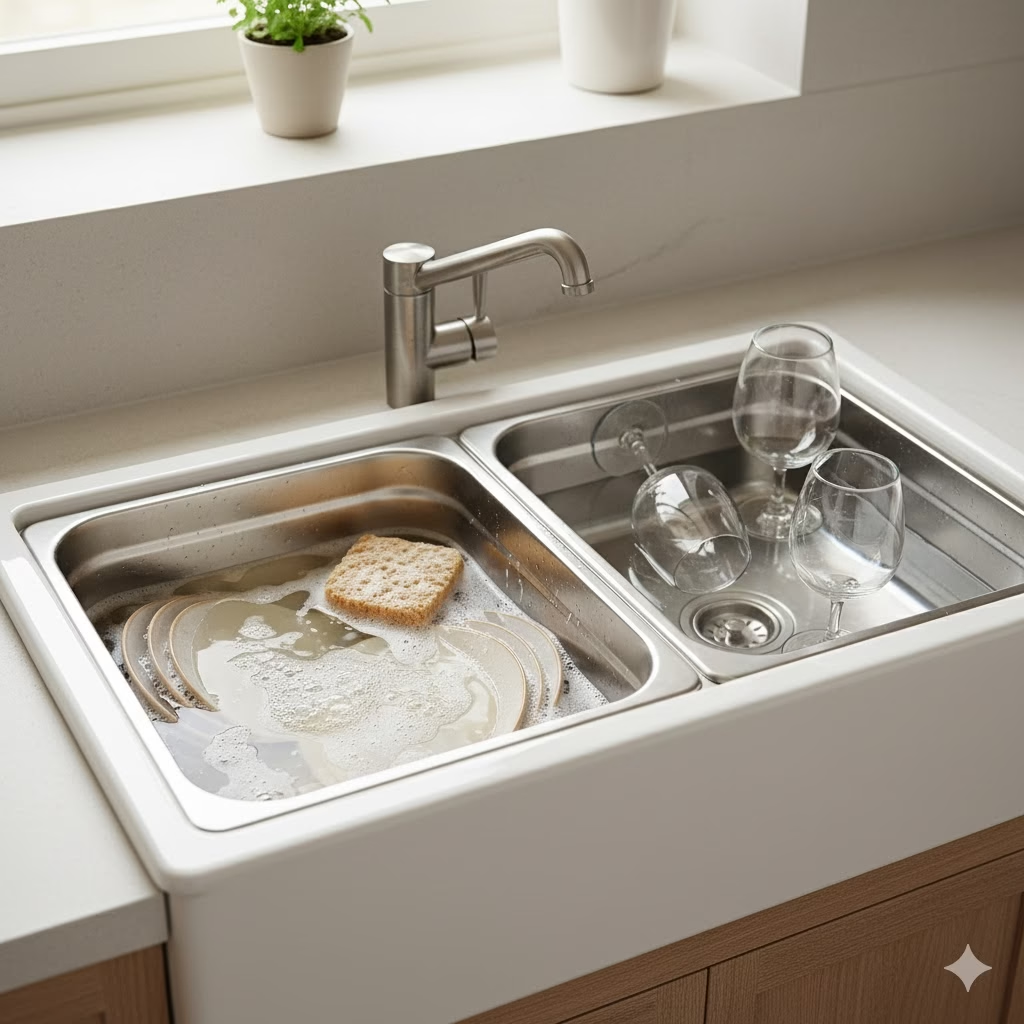
Washing dishes uses a lot of water every day. Changing how you wash saves a lot of water each year.
- Scrape First: Use your Seep Scourer Sponge or a stiff brush to scrape food bits off plates. Scrape them straight into the trash or compost. This means less grease and food goes into your wash water.
- The Two-Basin Way: If you wash by hand, use two basins. One basin holds the hot, soapy wash water. The second basin holds clean water for rinsing. This saves much more water than rinsing under a running tap.
- Dishwasher Use: If you have a dishwasher, only run it when it is totally full. Today’s dishwashers use very little water. They are often better than washing by hand.
Part IV: Zero-Waste Laundry and Floor Care

You can take the zero-waste cleaning idea to all parts of your home. This means using bulk supplies and natural tools.
Laundry Room Changes
The laundry area often has big plastic jugs of soap and perfumed softeners.
- Detergent: Switch to laundry soap sheets or powder in cardboard boxes. You can also find liquid soap at refill shops. These cut down on plastic waste greatly.
- Softener/Dryer: Do not use chemical fabric softeners. Use about half a cup of white vinegar in the rinse cycle. It naturally softens clothes and gets rid of soap residue. For the dryer, use reusable wool dryer balls instead of paper dryer sheets. They help clothes dry faster too.
Zero-Waste Floor Cleaning
- Mop: Replace those disposable mop pads. Use washable pads made of cotton or sturdy microfiber.
- Floor Cleaner: Make your own safe cleaner. A small capful of castile soap (this soap is natural and breaks down easily) in a big bucket of hot water works well on most floors.
- Vacuuming: Make sure your vacuum cleaner has a filter you can wash. Use a bagless system if you can. This cuts down on trash bags.
Conclusion: A Clean House, A Clear Mind
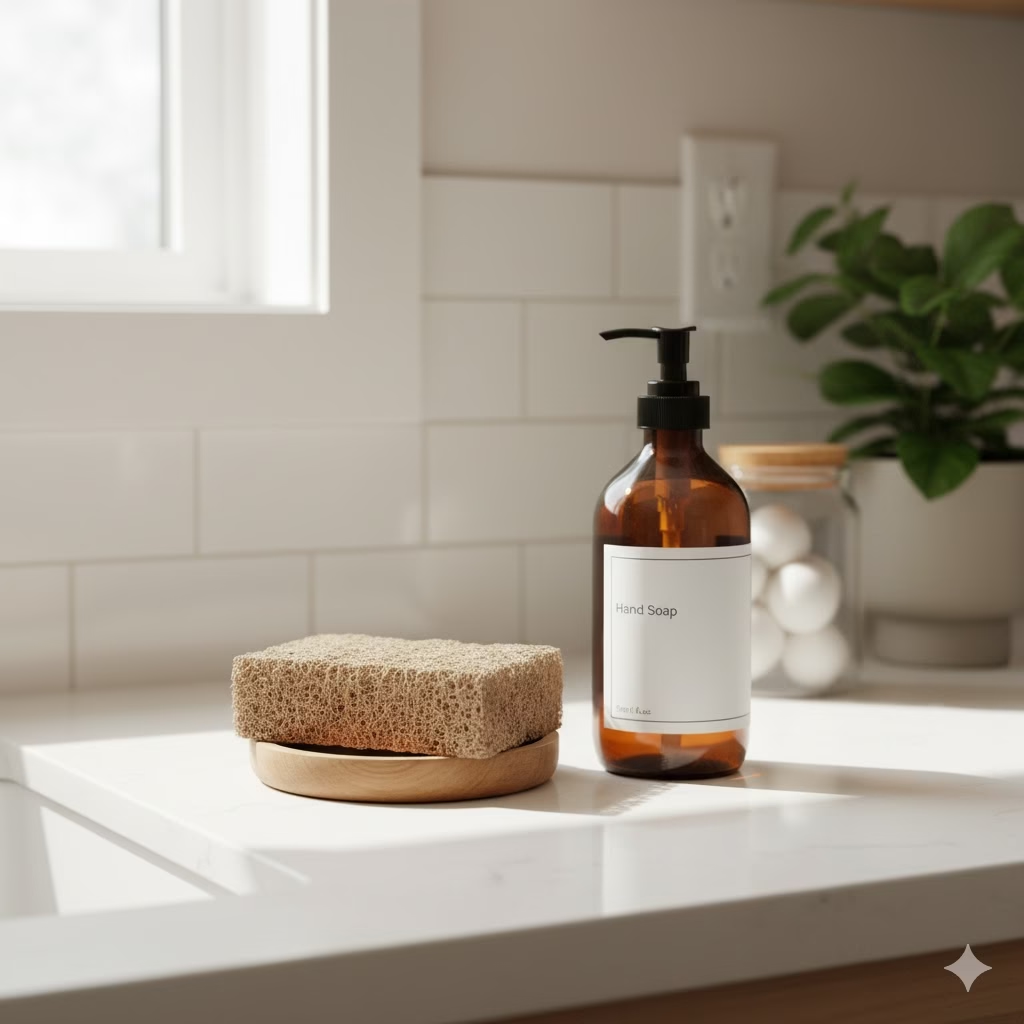
Using zero-waste cleaning methods is not about being perfect right away. It is about making small, steady changes. When you choose a compostable sponge over plastic. Or when you mix up a simple cleaner. When you catch water you would have wasted. You are helping create a healthier cycle for your home and the planet.
Start small. Pick one room, one swap, or one refill trip. Your efforts add up. They help build a cleaner, more lasting future. A clean home should feel good. Now, it can also feel responsible.
Frequently Asked Questions (FAQ)
What is the most important first step in zero-waste cleaning?
The single best first step is getting rid of your plastic tools and bottles. Start by swapping your regular plastic sponge for a compostable sponge. Then, buy glass spray bottles. You can refill these bottles over and over. This stops recurring plastic waste right away.
Is DIY cleaning with vinegar and baking soda good for killing germs?
Vinegar has acid. This acid can kill some common germs in your house. So, for regular cleaning, it works well. But vinegar is not approved by big health groups as a main germ-killer. For serious messes, use a cleaner that is proven to kill germs, or use a safer cleaner you trust.
How should I keep my DIY cleaners safe?
Always put your homemade cleaners in containers that are clearly labeled. Use glass or steel bottles. Keep them where kids and pets cannot reach them. If you use strong oils or hydrogen peroxide, use dark glass bottles. This keeps the ingredients strong.
How long do compostable sponges last compared to plastic ones?
Good quality compostable sponges last a long time. They are often made from dense wood pulp or loofah. If you clean them often and let them dry out completely between uses, they can last for many weeks or months. They can last as long as or longer than plastic sponges.
Can I reuse dishwater that had soap in it?
It is best not to reuse water that has dish soap in it. That water has grease and food bits. It should not go on your plants. It should not be used to clean floors. Only reuse water you caught before you added soap. This is usually water from rinsing or from waiting for the hot tap to run.
References and Further Reading
- Zerowastestore – 10 Reasons to Switch to Biodegradable Kitchen Sponges
- Ethicalsuperstore – Seep Compostable Sponge and Loofah Scourer
- EPA – Start Saving
Recent Posts
